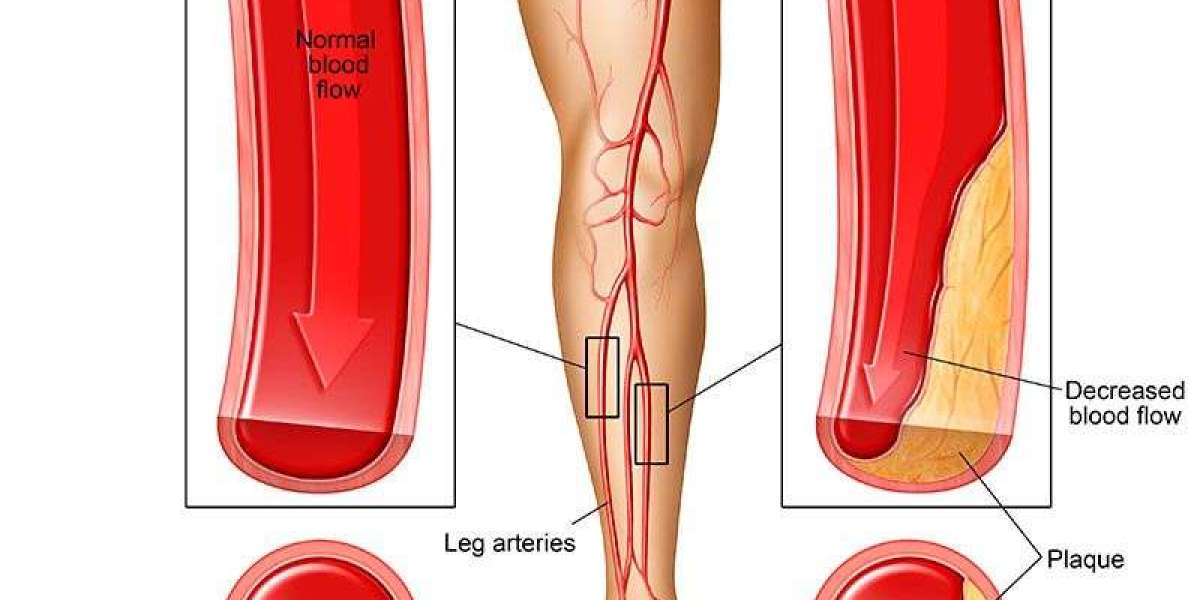Volt/VAR Management (VVM) is a critical grid optimization strategy that ensures voltage levels and reactive power (VAR) are maintained within acceptable limits across the electrical distribution network. As electric grids become more complex with the integration of renewable energy sources, electric vehicles, and decentralized energy resources, VVM is essential to ensure efficient, reliable, and secure power delivery.
The main function of Volt/VAR Management is to optimize voltage profiles while minimizing power losses and improving energy efficiency. This is achieved through the coordinated control of capacitor banks, voltage regulators, load tap changers, static VAR compensators (SVCs), and advanced control software.
Market drivers for VVM include the rapid penetration of intermittent renewable energy, aging grid infrastructure, and increasing energy demand. Distributed energy resources (DERs), like solar and wind, often introduce voltage fluctuations and reactive power imbalances, which, if unmanaged, can destabilize the grid. VVM systems play a crucial role in mitigating these challenges by enabling dynamic voltage control and improving power factor.
Technological advancements in VVM systems include the use of AI-based algorithms, machine learning, and real-time data analytics. These smart solutions analyze load patterns, forecast demand, and automatically optimize reactive power flows and voltage regulation. Advanced Distribution Management Systems (ADMS) now integrate VVM as a core module, allowing utilities to reduce peak demand, lower operating costs, and delay capital expenditures on infrastructure upgrades.
The adoption of smart grid technologies has accelerated VVM deployment in both developed and emerging economies. Utilities are investing in advanced sensors, communication systems, and control software to enable real-time visibility and control of their networks. VVM also supports conservation voltage reduction (CVR) strategies, which reduce overall energy consumption without compromising end-user performance.
Regionally, North America is a frontrunner in Volt/VAR Management deployment due to significant investments in smart grid modernization and regulatory mandates for energy efficiency. Europe follows closely, driven by renewable energy targets and grid reliability standards. In the Asia-Pacific region, countries like China, India, and Japan are investing in VVM as part of broader efforts to modernize their power infrastructure and manage rapidly growing demand.
In conclusion, Volt/VAR Management is a foundational element of modern grid operations. By ensuring voltage and reactive power balance, VVM enhances grid reliability, reduces energy waste, and supports the seamless integration of renewables — making it indispensable for utilities transitioning to a smarter and more sustainable energy future.



